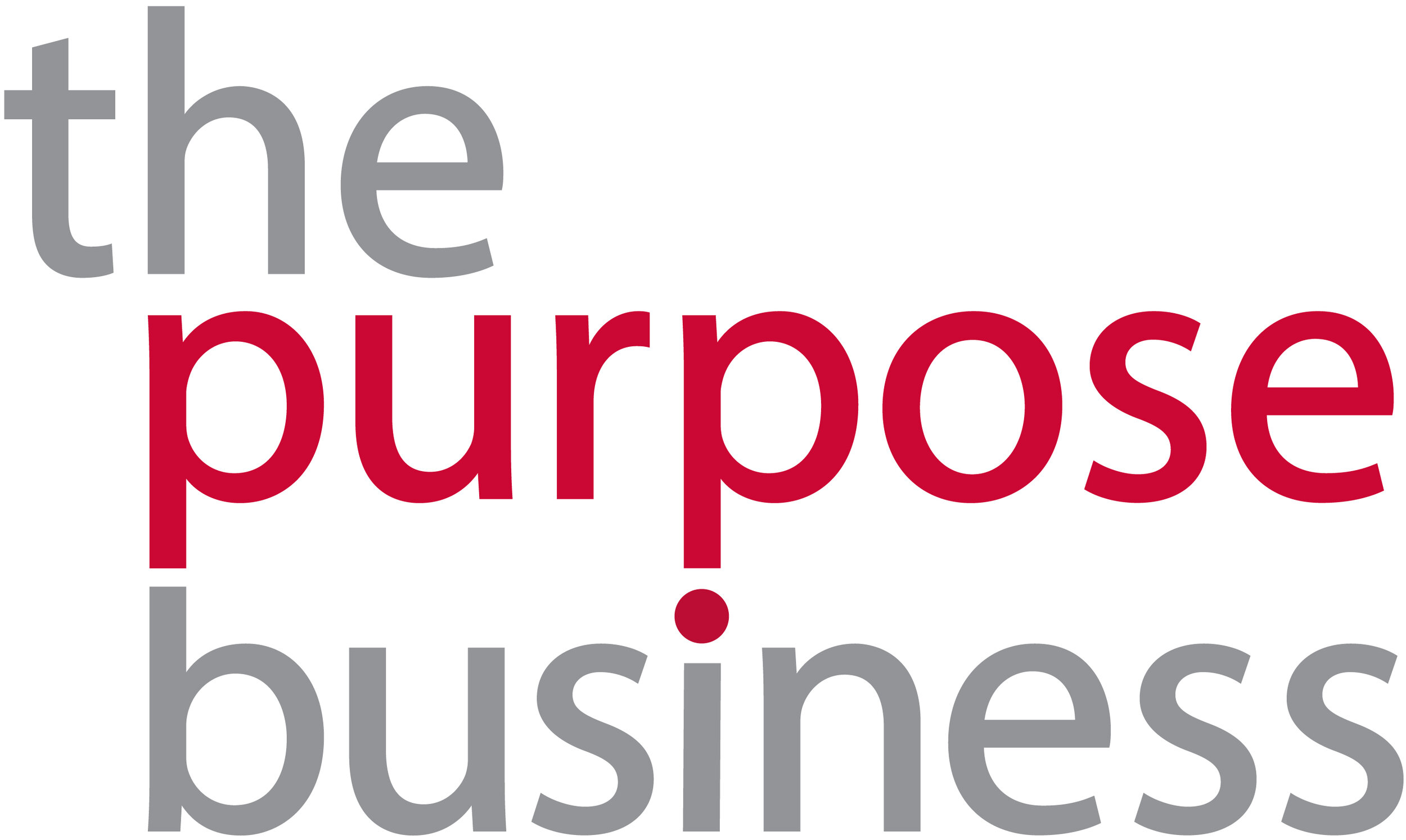Thoughts on sustainability leadership
Dr Merrin Pearse is inspired by a discussion on sustainable business leadership hosted by GlobeScan’s co-CEO Chris Coulter.
Over the last year there has been a broadening of the topics being included within the scope of sustainability discussions, and this is really exciting me. A few years ago sustainability was mainly focused on environmental factors that could be quantified such as reducing the carbon footprint of a business. This resulted in a lot of recording and analysing of business metrics that already had data collection in place (eg electricity usage, air miles, etc) and therefore had a strong engineering perspective. Unlike measurable environmental factors other areas of sustainability, such as the social impact of a business or the risk perspective, were not as readily recorded. Another benefit of these engineering types of measurement is that they can be represented as a dollar value, so aligned with traditional thinking of board members, whose main concern was to create a higher financial return for shareholders. This often resulted in sustainability managers having to pitch an initiative to the board that would save money, or justify how investing more money today would save money in the longer term.
While their pitches still require the financial benefits to be presented forward thinking company staff are recognising that the issues of brand reputation, due to the business continuing to operate poorly in terms of environmental or human rights perspectives, are as important. So Sustainability Managers are increasingly gaining the support of the risk committee, audit committee or the communications managers for initiatives that have social impact benefits and lower the risk to business. In addition to internal stakeholders, the external stakeholders are also asking more questions on performance issues, both within the company and along the supply chain. Listed companies are answering these questions often with broader disclosure in their Environment, Social and Governance (ESG) Reports as these documents are public and read by investors and Non-Governmental Organisations (NGOs).
So I was delighted to discover that this trend of broader participation by senior management in sustainability was highlighted in the talk by Chris Coulter about the book he co-authored with David Grayson and Mark Lee, All In: The Future of Business Leadership. The book is inspired by the collective wisdom of the thousands of sustainability experts globally, who have participated in the GlobeScan-SustainAbility Leaders Survey since 1997. Referencing the Leaders Survey they have identified three eras of corporate sustainability leadership over the last 20 years as being:
Harm Reduction Era, 1997-2005
Strategic Integration Era, 2006-2015
Purpose-Driven Era, 2016 to present
Three Eras of Leadership
Three Eras of Leadership from All In: The Future of Business Leadership (see http://bit.ly/2mPI8K7)
The top companies in the Harm Reduction Era were dominated by big extractive and production based companies such as Shell, BP, Dow and Dupont. The era was characterised by reducing risk and negative impacts. Interface, while not a big company was promoting the idea that they could change from relying on extracting oil to make carpet tiles to using recycled materials. The company that stands out from the list of top companies in this era is The Body Shop. They were encouraging customers to recycle their packaging and were strong advocates in the beauty industry of the benefits of a Fair Trade approach using ethically sourced natural ingredients. Their products were also animal cruelty-free as they prohibited any testing on animals.
The Strategic Integration Era is identified as the period when doing less harm was not enough to satisfy stakeholders. Organisations had to go beyond reduction to look for opportunities. As summarised in the book All In this required business planning as well as product and service development to embed sustainability in decision making. This is achieved by putting in place performance measurement and disclosure programs to access commercial contribution as well as social and environmental impacts. Walmart’s Sustainability 360 strategy was not initially seen by some as that strategic, however it quickly became recognised as a major leveraging tool in Walmart’s supply chain for sustainable sourcing and manufacturing. Their goals helped the industry especially companies like M&S (to develop Plan A) and Unilever (to develop the Sustainable Living Plan).
The third era noted by Coulter et al is the Purpose-Driven Era, which has broadened the discussion outside of the environmental focus of the first two eras. Through declaring and leading with values that have purposeful and positive impact, companies leading in this era, like Patagonia and Natura, are able to mobilise more people inside business with a strong sense of purpose in their work and outside through public engagement. At The Purpose Business we are delighted to be engaging with organisations to expand their positive impact through purpose.
Looking to the future you might be asking what is the next era? Grayson, Coulter and Lee predict the arrival of a Regenerative Era. It will be characterized by commitments to the circular economy with fully closed-loop inputs and outputs. In addition they believe Net Positive business models will emerge and apply full cost accounting to all business impact in the environment, social and economic spheres. As you can imagine, this era will require collaboration, as no one company will have all the components on their own.
At TPB, we are beginning to see the traits of a Regenerative Era already through discussions with clients on systems thinking and plans they are implementing. These eras are one way to identify the stage of leadership and sustainability commitment that any organisation has reached, and sharing organisations’ stories helps the collective body of knowledge grow further and faster. Through consultancy projects with a number of Hong Kong and Asia’s iconic brands we have helped them broaden their understanding of sustainability and to see the business opportunities from cost savings to new markets.











